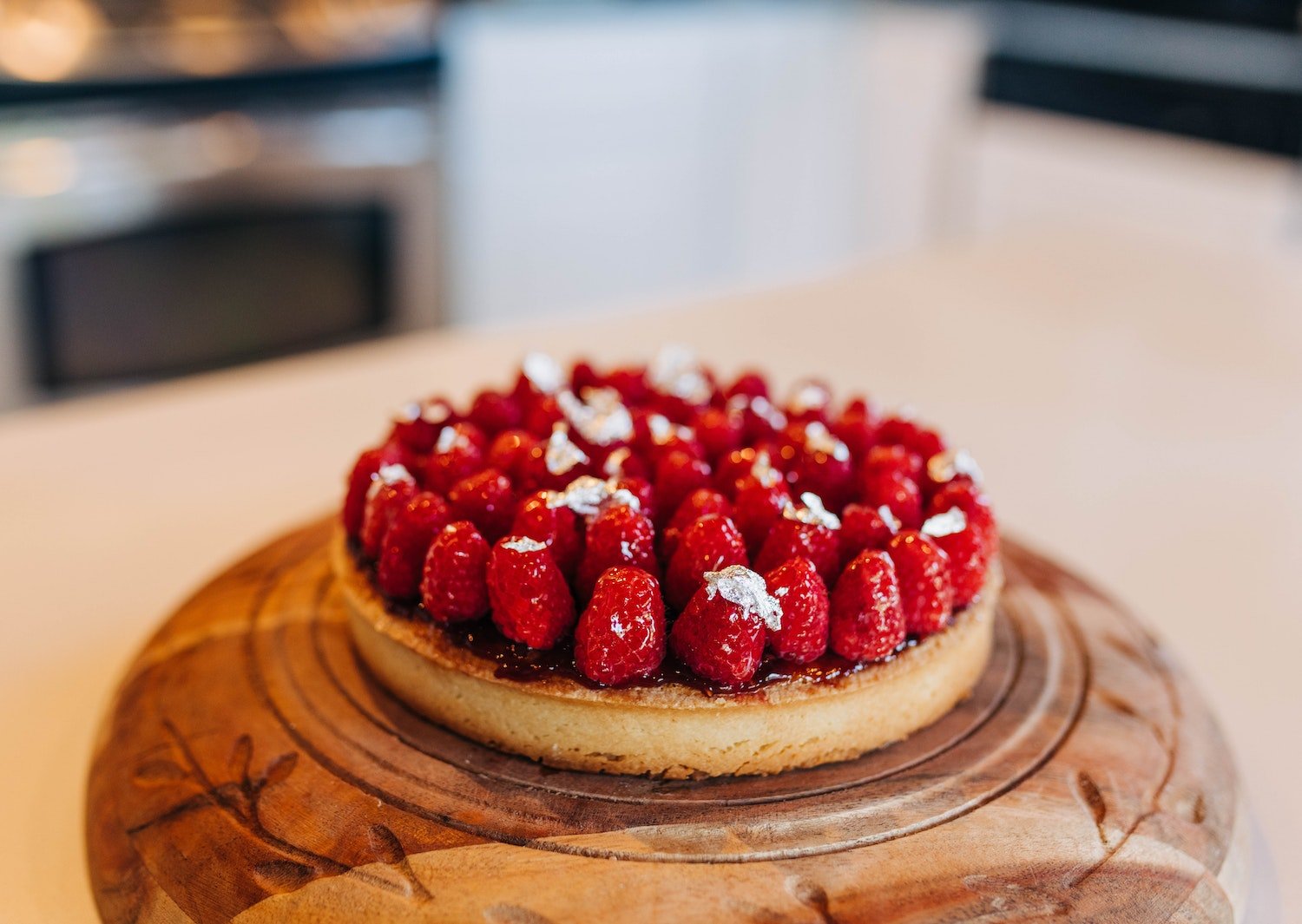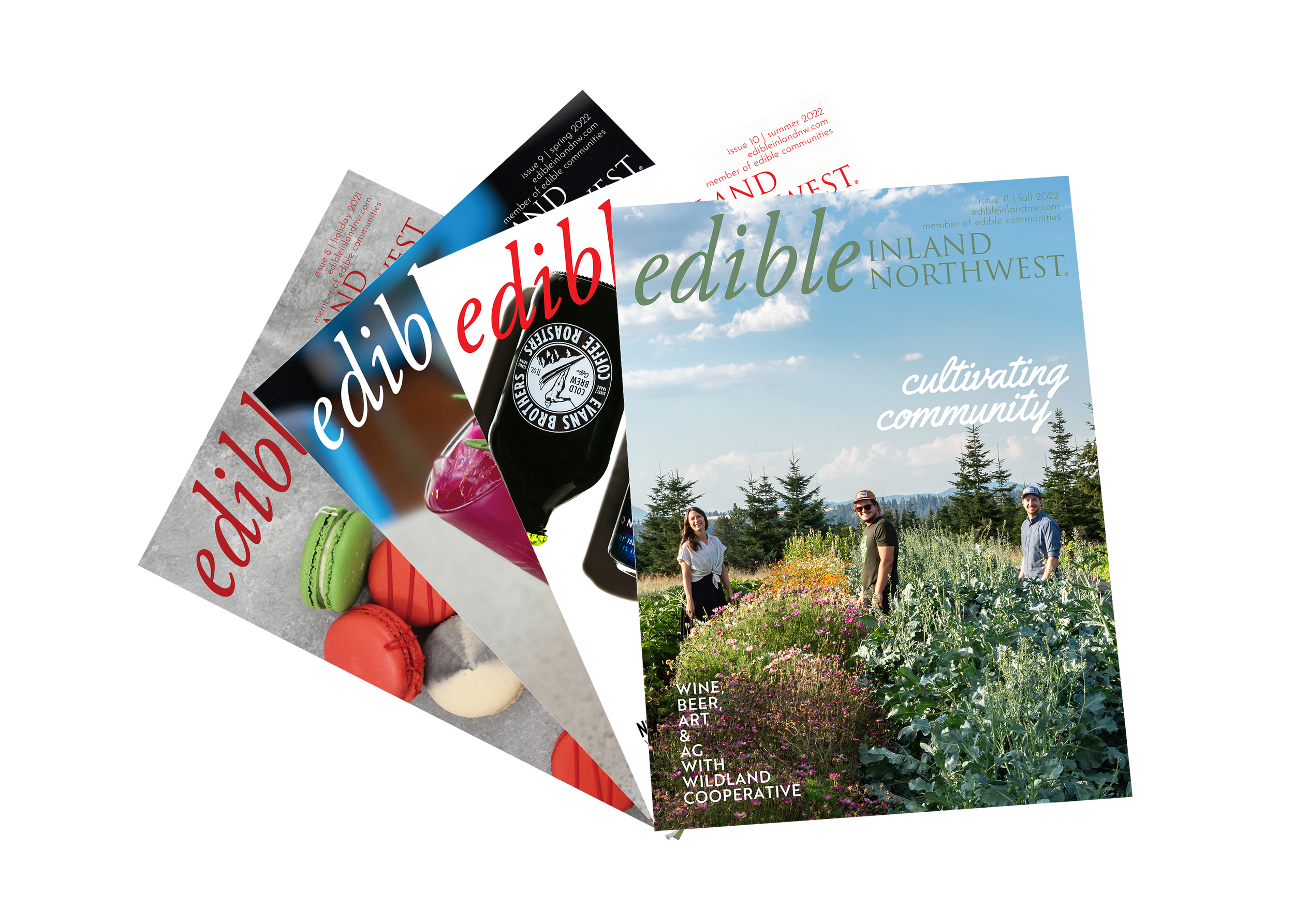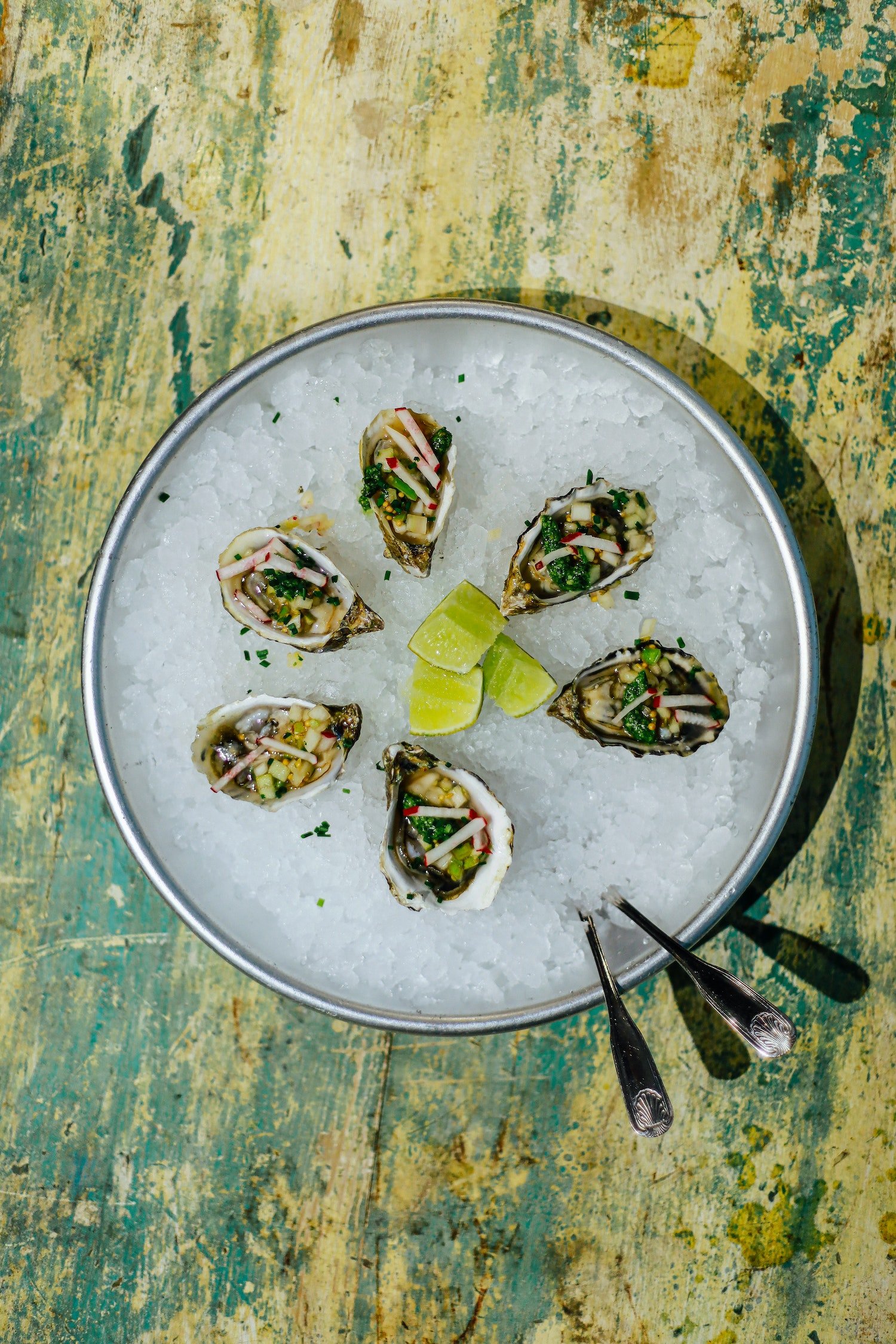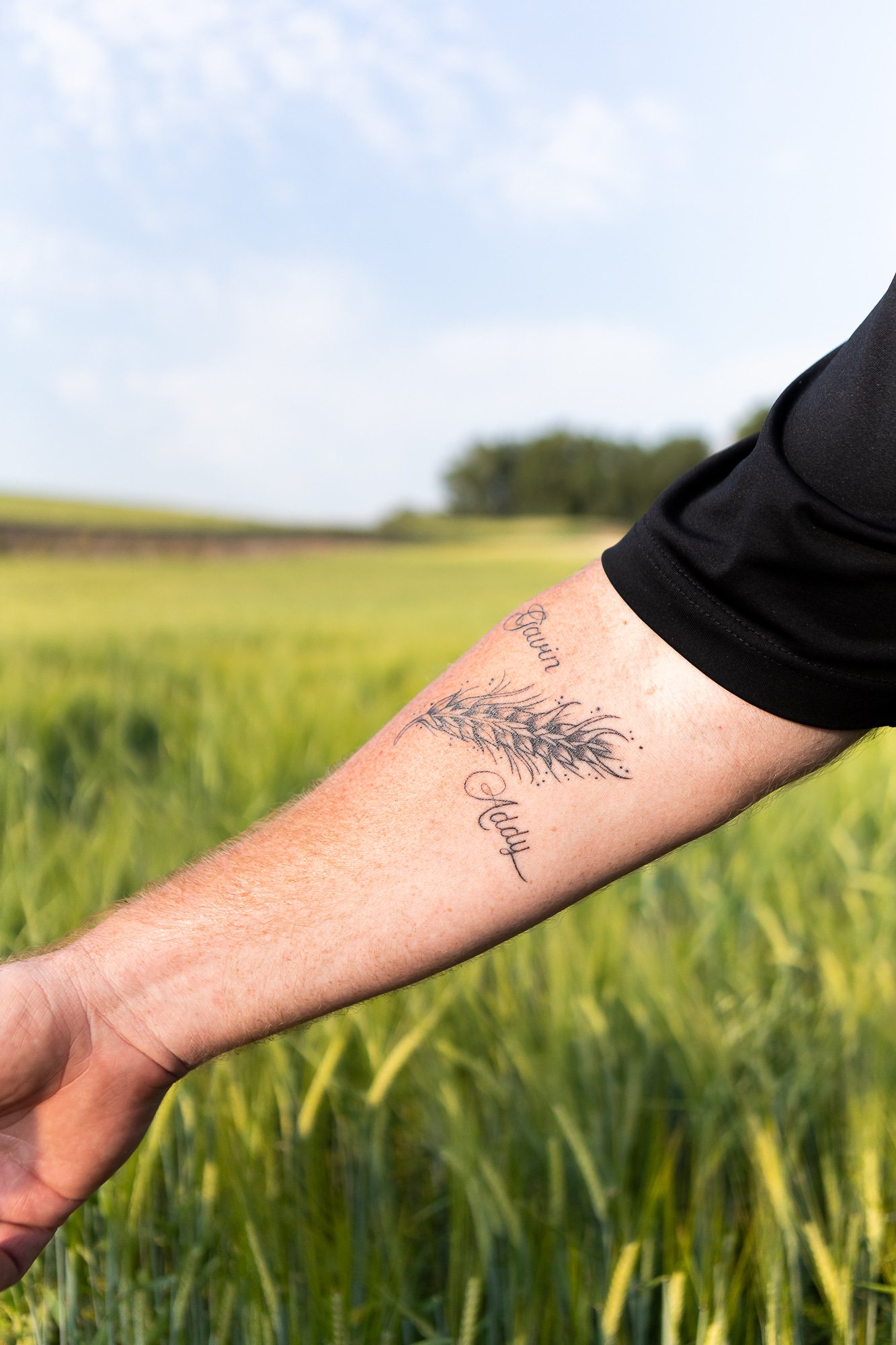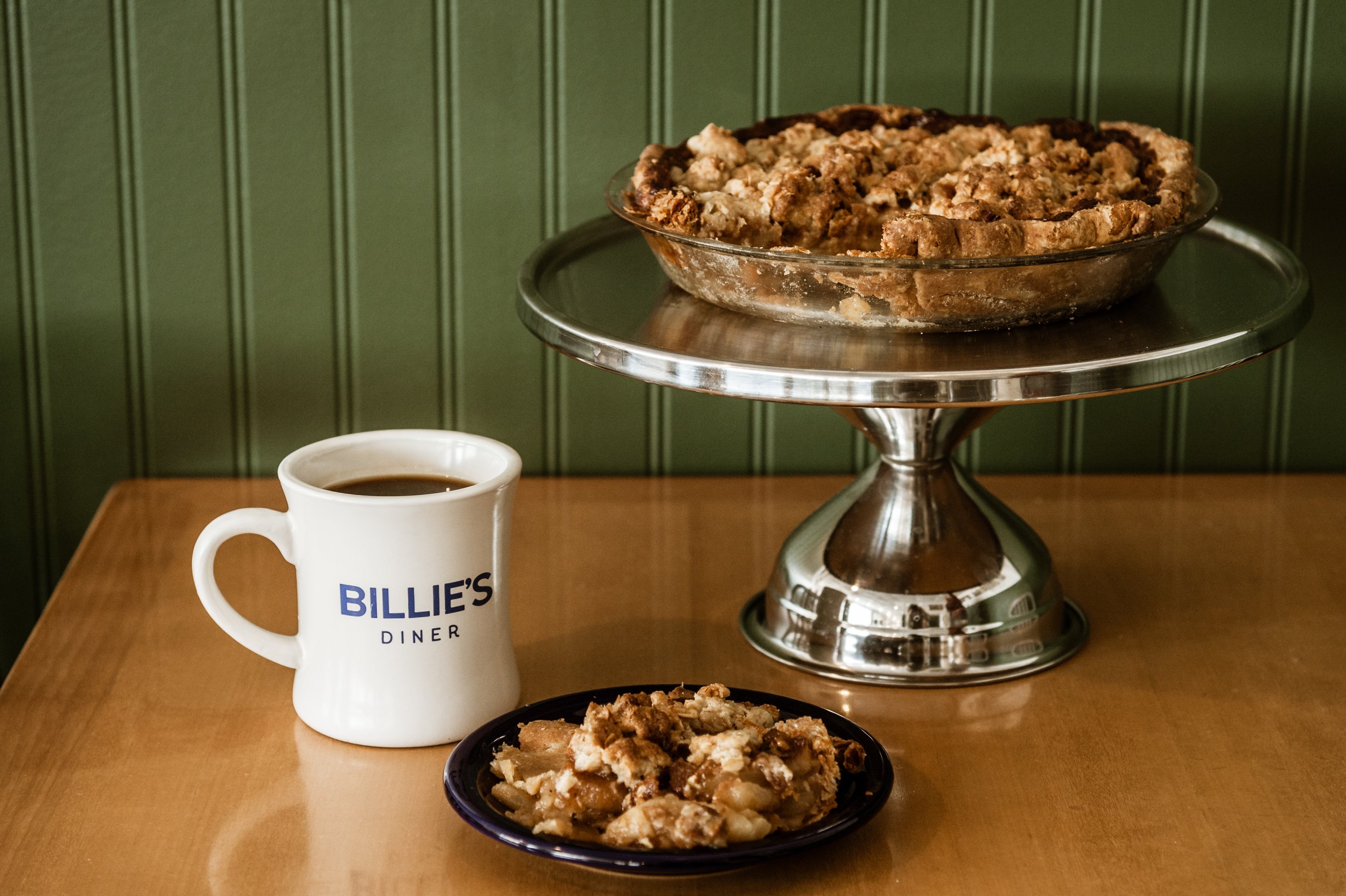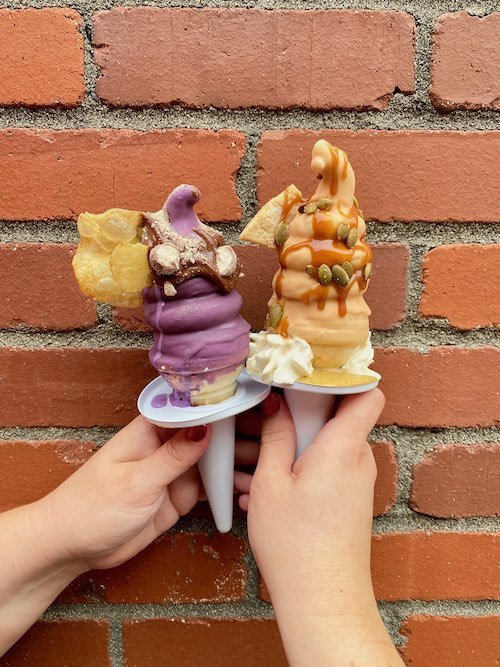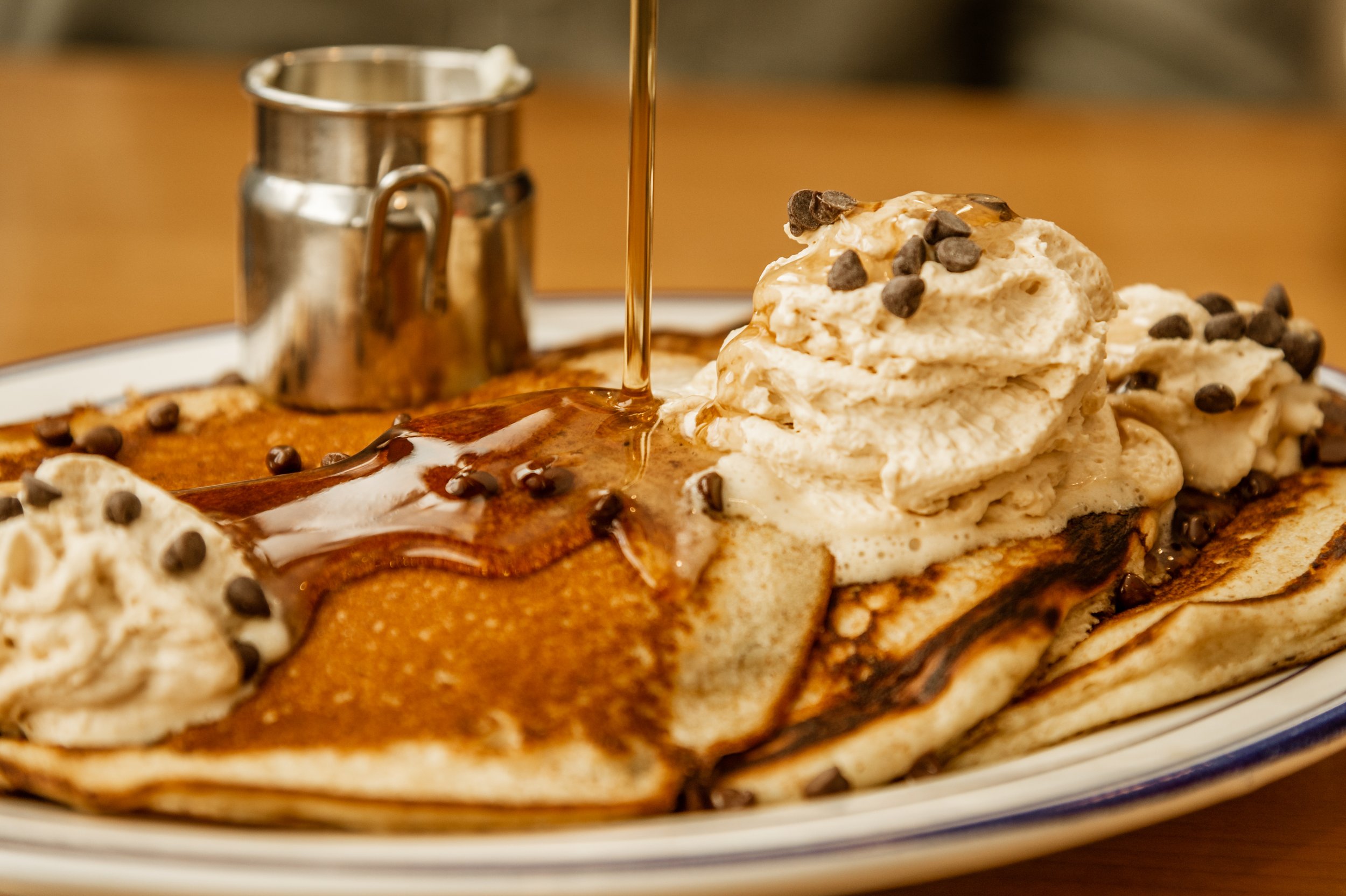Smoke-n-Herbs…just maybe not the kinds you’re thinking of
Smoke-n-Herbs…just maybe not the kinds you’re thinking of
BY RACHEL CLARK
Oh man, here we go again, I thought as I let my dog out this morning. It’s hot and sunny and not even 10:00 A.M. There is a familiar orange tint to everything and the faintest smell of smoke. Fire season is here.
Growing up in Colorado and now living in Washington, I am no stranger to the fear, anxiety and health issues that come with fire season. These fire fears seem to be at the forefront of my mind earlier and longer each year. As a kid, my family lived close to a state park where each summer the grass would wither, turning a crisp golden brown. Winds would whip through the open space creating a perfect environment for fires, so barbecue pits would be taped off and fire bans were common as a way to prevent errant sparks.
I was eight years old during the Hayman fire in 2002. I remember being terrified at the time, having nightmares about a fire starting at the state park, burning our house and killing our dogs–and for good reason as it was the largest wildfire in recorded Colorado history, burning over 138-thousand acres of land between Denver and Colorado Springs. It held this record for 18 years until the Pine Gulch fire in 2020. Then, just seven weeks later, the Cameron Peak Fires broke that record.
Just over a year later, on December 30, 2021, I woke up to see some of the first smoke plumes from the Marshall Fire on the horizon. Having grown up a bit, I wasn’t too worried, but when the fire jumped the highway and my fiancé texted me saying they were evacuating the hospital he worked at, I packed a go-bag for us and the dog, loaded up the car and waited for an evacuation notice that luckily never came, even as the fire did over half a billion dollars worth of damage to Boulder County.
As these fires seemingly become more common, damage and destruction brought on by flames and heat aren’t the only dangers that should be feared. The thing with smoke, and air pollution in general, is that even if your area is not physically under threat of fire, smoke from fires on the other side of the country, or even the world can affect your lungs.
Recently, smoke from wildfires in Eastern Canada pushed the air quality index (AQI) in New York City into the 400 range, a hazardous emergency level for everyone. Ratings are calculated based on the concentration of PM2.5 particulate matter in the air and reported on a scale from 0-500. For reference, Spokane’s AQI on a clear summer day is likely in the neighborhood of 20-40, but wildfires in recent years have caused it to spike as high as 479.
So far this year, Spokane has been lucky with only a few days of noticeable smoke, but according to the EPA, the intensity, frequency, size and cost of wildfires are trending up, especially as populations expand closer to fire-prone areas and climate change pushes global temperatures higher. While many public campaigns focus on how individuals should do their part to prevent these wildfires from starting, there are also steps that can be taken in order to protect and strengthen our lungs and tend to the nervous system, preparing ourselves for when the smoke does come.
Herbal Support:
Marshmallow Root (Althea officinalis):
Marshmallow root and other Althea species including the garden ornamental Hollyhock (Althea rosea) are soothing to the lungs, help to keep mucus membranes moist and can soothe a sore throat. Marshmallow is a demulcent that becomes gooey in water. This gooey-stickiness is what makes marshmallow supportive to the lungs. It helps to support the production of healthy mucus. According to the American Lung Association, having healthy mucus supports your lungs' immunity by creating a layer where irritants get trapped and then expelled through coughing. Keeping your lungs clear helps to prevent infection or lung damage from particles. Marshmallow root also helps keep you hydrated, which supports the lungs by keeping the mucus thin and flowing.
Cherry Bark (Prunus serotina):
It’s no coincidence that drug store cough syrup is often cherry flavor. Cherry is a traditional cough remedy and the bark of the tree has been used to make cough syrup for centuries. Cherry bark acts as a cough suppressant and helps soothe irritated mucus membranes. It can be supportive when a cold or environmental factors make it so you can’t sleep because of a cough. It can relax the cough reflex long enough to be able to sleep. While coughing can be annoying and painful, it is an important body function that helps clear debris and mucus from the lungs. Because of this cherry bark is recommended for acute, short-term situations. Wild Cherry is generally regarded as safe in the US and the American Herbal Products Association doesn’t list any adverse effects from cherry bark. However, some sources will caution that it is toxic citing that cherry bark contains a chemical called prunasin that high concentrations can cause toxicity in the body. While there is some prunasin in the bark, high concentrations primarily are found in the pits and leaves. Prepare just the bark as a cold-infusion tea and add equal parts honey to make your own cough syrup.
Mullein (Verbascum thapsus):
Mullein is a weedy plant that likes to grow near construction sites, on the side of highways, and pretty much any disturbed soil. First-year plants grow in a rosette and second-year plants are identifiable by a tall single stalk of yellow flowers. Both the flowers and leaves are supportive for the lungs. The flowers are moist, similar to marshmallow root and the leaves are what herbalists call a stimulating expectorant. The leaves have tiny hairs that create a slightly irritating effect, promoting the cough reflex to move stuck mucus from the lungs. It can be made into tea or added to an herbal smoke blend. Other expectorants include thyme, elecampane, pleurisy root, garlic, gumweed and pine.
Other honorable mentions: Licorice root (Glycyrrhiza glabra), Pine (Pines spp.), Garlic (Allium sativum), Elm (Ulmus spp.), Pleurisy root (Asclepias tuberosa), Elecampane (Inula helenium), Thyme (Thymus vulgaris) Gumweed (Grindelia spp.), Lobelia (Lobelia inflata).
Rachel Clark is a certified clinical herbalist and freelance writer based in Spokane. You can find out more about her practice at spokaneherbalist.com on Instagram @rachelclarkherbalist or by phone at 509-530-1369.







